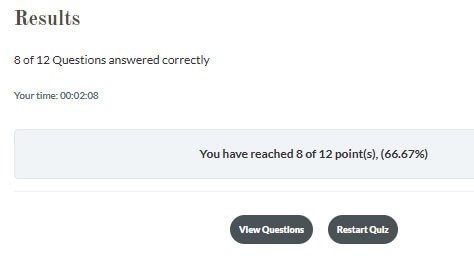Yet again we find ourselves considering things which were in the movies only a short time ago, as something that we need to think about in our day-to-day life. Here we talk about Deepfake videos.
The deep part is from AI ‘deep learning’, the fake part speaks for itself. This is a relatively new technology and does vary in quality. However, the base quality is certainly usable for things such as training videos, or other online promotional videos. There are websites dedicated to Deepfake production and with free trials for you to assess if the quality is enough for your particular application.
Deepfake becomes sinister at the higher quality levels. The technology has improved so much that realistic videos can be created, creating a potential threat that we must be aware of. Machine learning and synthesising techniques are at a point where voices can be generated too.
Awareness of this possibility and being vigilant (as with many aspects of Cyber security) are good tools in the fight against this threat. Always apply the same ‘healthy scepticism’ when viewing videos. Even if it sounds like a person’s voice, if they are saying something that seems odd, verify it really is the person you think it is.
Strong language warning.
AI can be used to train a deep fake text to speech profile of people’s voices. An attack method scammers now use in telephone calls pretending to be the CEO of a company, using a deep fake TTS voice, and asking for urgent payment.
The comedian, James Veitch, created a deep fake text to speech voice of David Attenborough as the service that creates the TTS profile used the same script as Planet Earth.
Another thing we might start seeing in the near future is fully automated deep fake attacks combining the use of chatbots AI like ChatGPT https://openai.com/blog/chatgpt/ with deepfake TTS.
There is a more immediate and simple threat though. Because of the success of ChatGPT there are already scam sites that trick you into believing you are downloading legitimate software, when you are actually downloading malicious software. https://usa.kaspersky.com/blog/chatgpt-stealer-win-client/27902/
Search engines like Microsoft Bing have already started to trial chat bots using ChatGPT and the responders can be very human like.
In a world where we are all able to ‘Share, like and subscribe’ on well-known platforms, it is very easy for these videos to move around the world in no time at all. As the saying goes, “A lie gets halfway around the world before the truth has a chance to get its pants on”.
Legislation is being worked on to make certain aspects illegal, but this is a slow process. For now, your best defence is education of yourself and colleagues and to apply simple techniques such as:
- Stay sceptical.
- Look for any unnatural or jerky movements. Unnatural movements can be things like irregular blinking.
- Continuity is important: has the background or lighting changed from one frame to the next. Has a person’s skin tone or other features changed.
- Re-watch if you have concerns.
- Look in detail at the way the words are formed and whether speech is synchronised with the words being spoken. Is the speech of a regular cadence and with a natural flow?
Here is a recent legal case in France using fake videos to extort money. https://edition.cnn.com/2020/03/12/europe/france-fraud-minister-case-sentencing-scli-intl/index.html
It is always wise to verify the validity of videos in the modern world.







